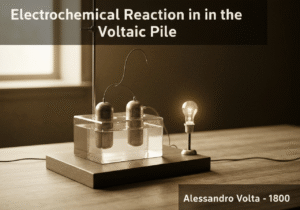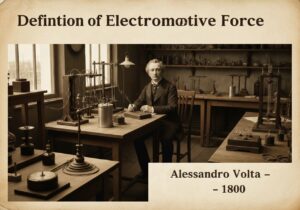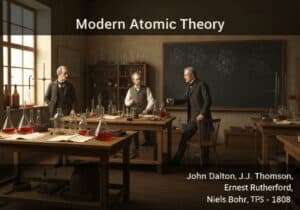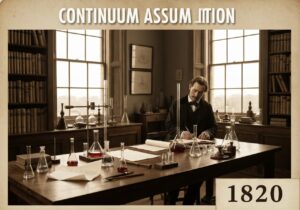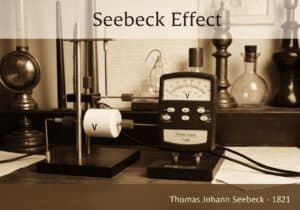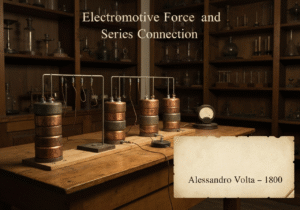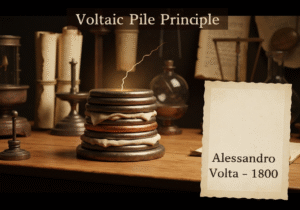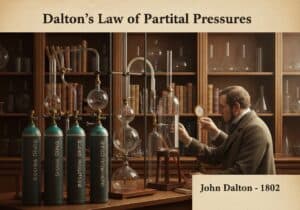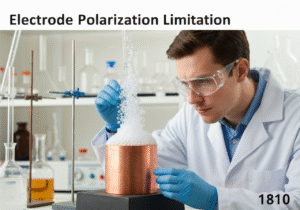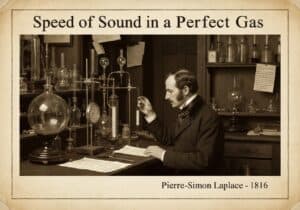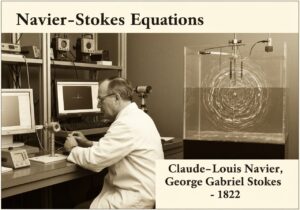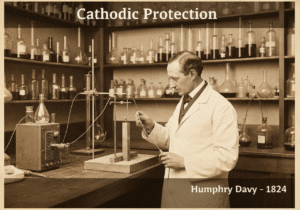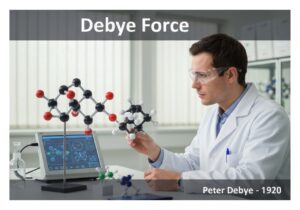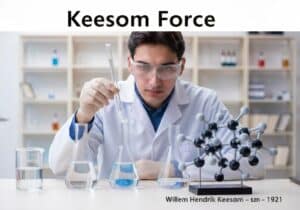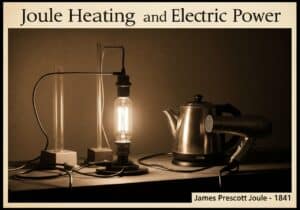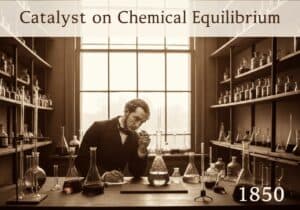Avogadro’s law states that equal volumes of all gases, at the same temperature and pressure, contain the same number of molecules. This establishes a direct proportionality between the volume of a gas and the amount of substance (number of moles). The mathematical relationship is expressed as \(V \propto n\) or, more commonly, as \(V/n = k\), where k is a constant.
Avogadro’s Law
- Amedeo Avogadro

Avogadro’s law, originally a hypothesis, was a crucial step in understanding the nature of matter. It was proposed to reconcile John Dalton’s atomic theory with Joseph Louis Gay-Lussac’s law of combining volumes. Gay-Lussac had observed that the volumes of reacting gases and their products were in simple whole-number ratios. For example, two volumes of hydrogen gas react with one volume of oxygen gas to produce two volumes of water vapor.
Dalton’s theory could not explain this, as it assumed a simple 1:1 combination of atoms. Avogadro’s revolutionary insight was to propose that elementary gases were not single atoms but molecules containing two or more atoms (e.g., H₂, O₂, N₂). This distinction between atoms and molecules resolved the paradox. The reaction could now be written as \(2H_2 + O_2 rightarrow 2H_2O\), which perfectly matched the observed 2:1:2 volume ratio.
Despite its elegance, Avogadro’s hypothesis was largely ignored for nearly 50 years. Leading chemists of the era, including Dalton and Jöns Jacob Berzelius, rejected the idea that atoms of the same element could bond together. The law’s profound importance was only recognized after Stanislao Cannizzaro championed it at the Karlsruhe Congress in 1860. He demonstrated that accepting Avogadro’s law allowed for the creation of a consistent and logical system of atomic weights, unifying chemistry and laying the groundwork for the periodic table.
Type
Disruption
Usage
Precursors
- john dalton’s atomic theory (1803)
- joseph louis gay-lussac’s law of combining volumes (1808)
Applications
- stoichiometric calculations in chemical reactions involving gases
- determination of molecular formulas and molar masses
- foundation for the ideal gas law
- gas density calculations
Patents:
Potential Innovations Ideas
Professionals (100% free) Membership Required
You must be a Professionals (100% free) member to access this content.
AVAILABLE FOR NEW CHALLENGES
Mechanical Engineer, Project, Process Engineering or R&D Manager
Available for a new challenge on short notice.
Contact me on LinkedIn
Plastic metal electronics integration, Design-to-cost, GMP, Ergonomics, Medium to high-volume devices & consumables, Lean Manufacturing, Regulated industries, CE & FDA, CAD, Solidworks, Lean Sigma Black Belt, medical ISO 13485
We are looking for a new sponsor
Your company or institution is into technique, science or research ?
> send us a message <
Receive all new articles
Free, no spam, email not distributed nor resold
or you can get your full membership -for free- to access all restricted content >here<
Historical Context
Avogadro’s Law
(if date is unknown or not relevant, e.g. "fluid mechanics", a rounded estimation of its notable emergence is provided)
Related Invention, Innovation & Technical Principles
